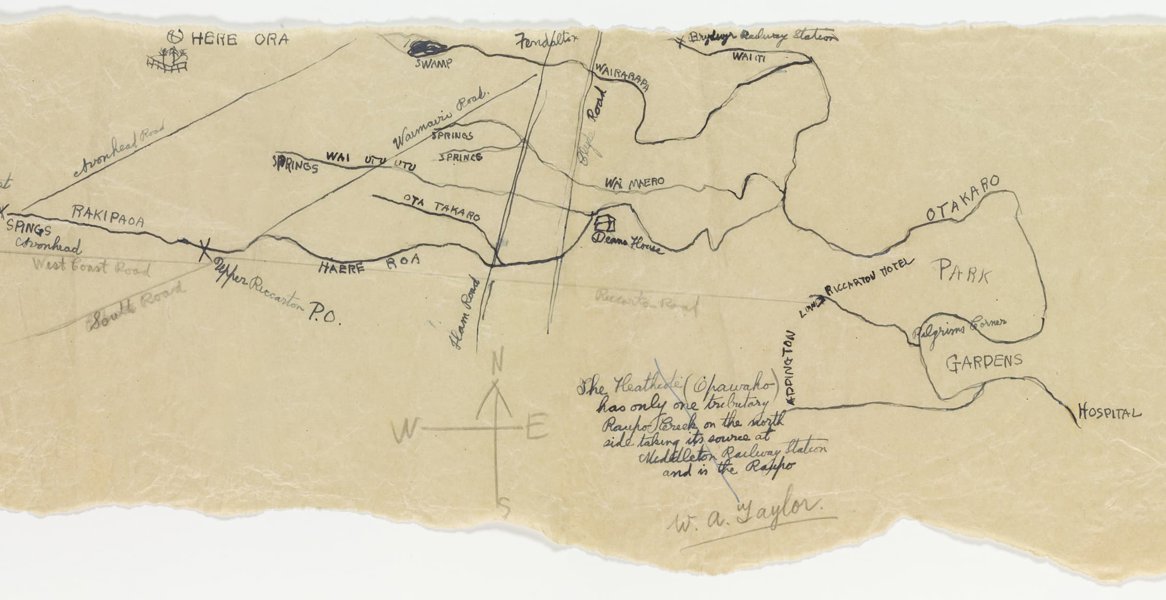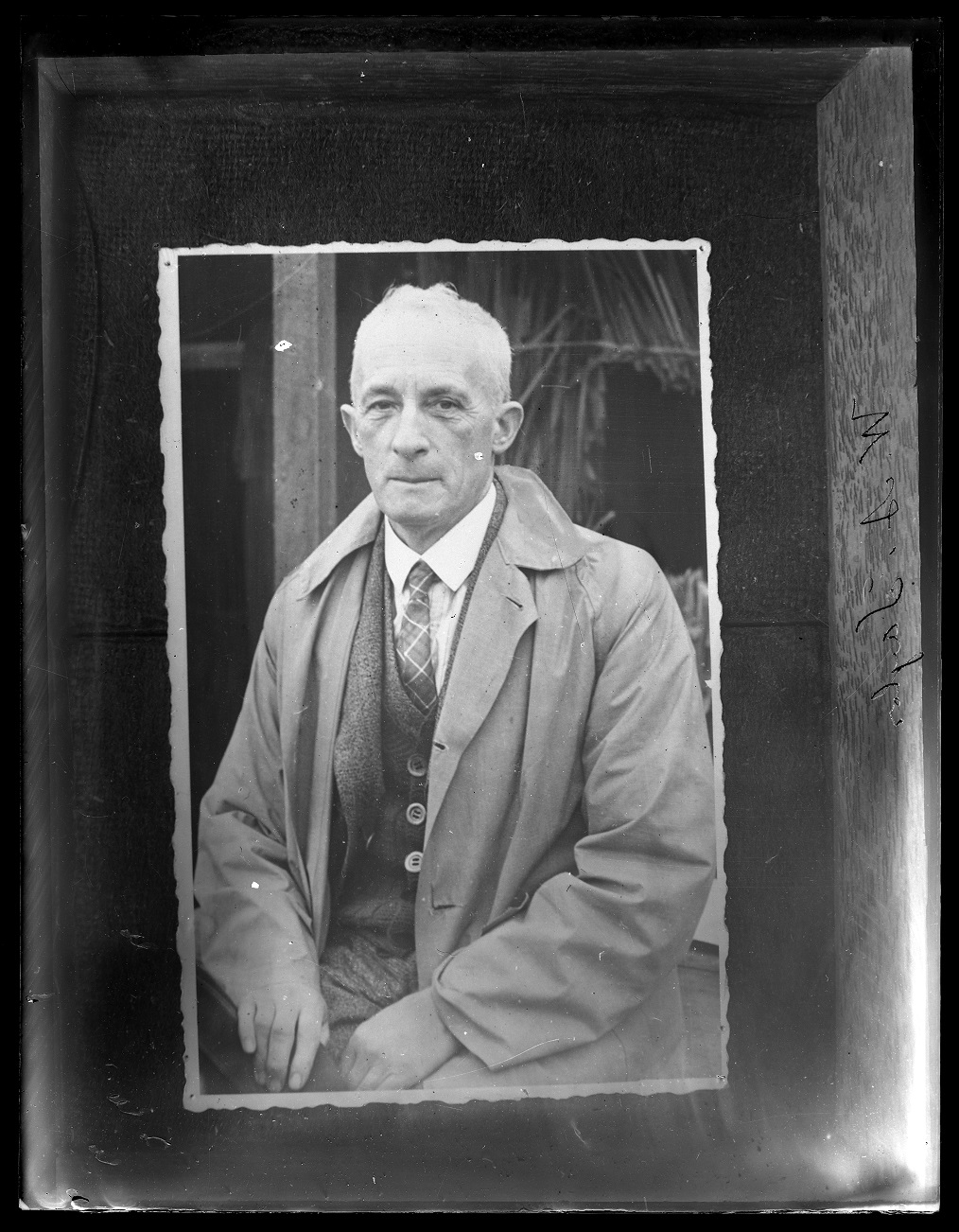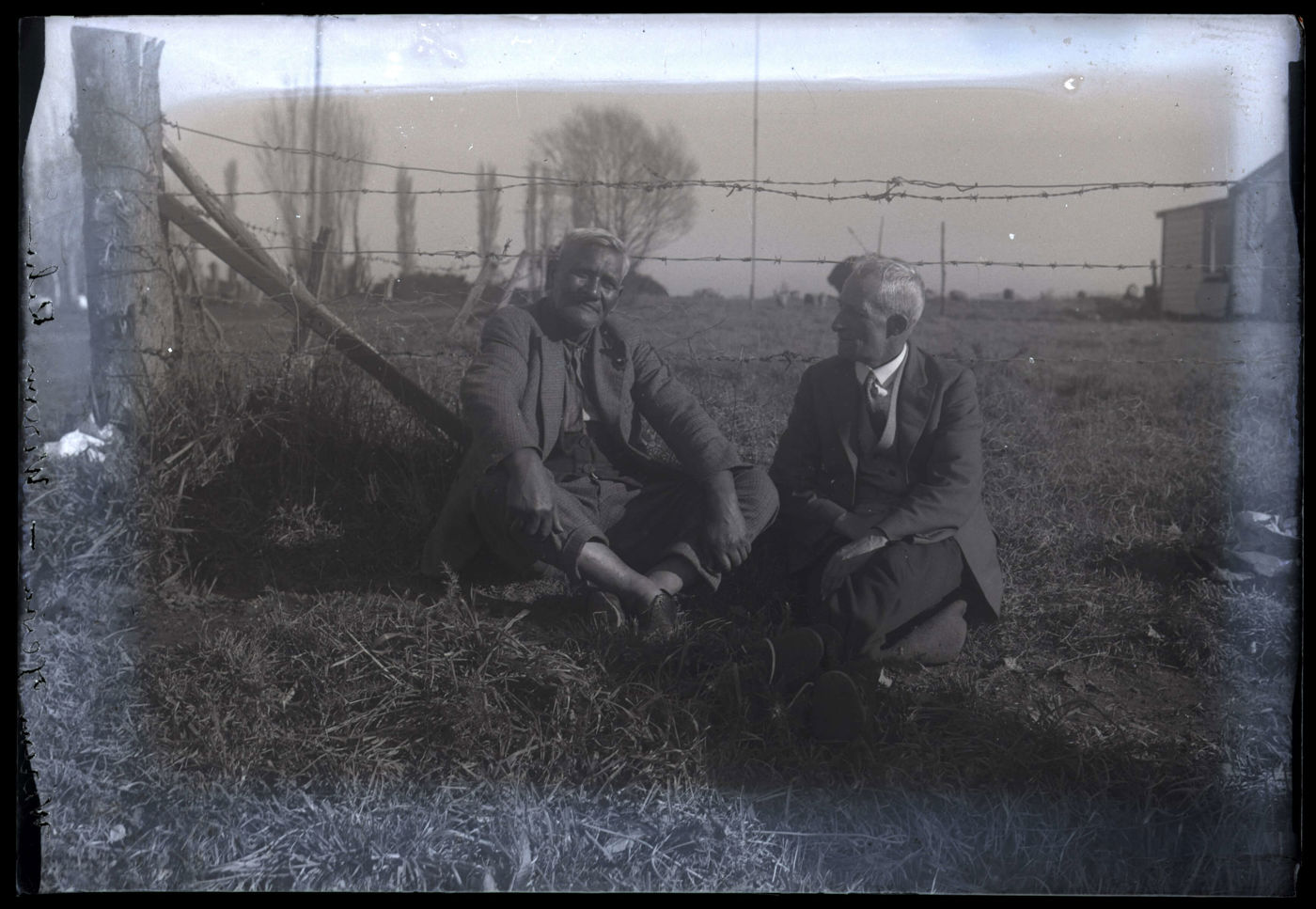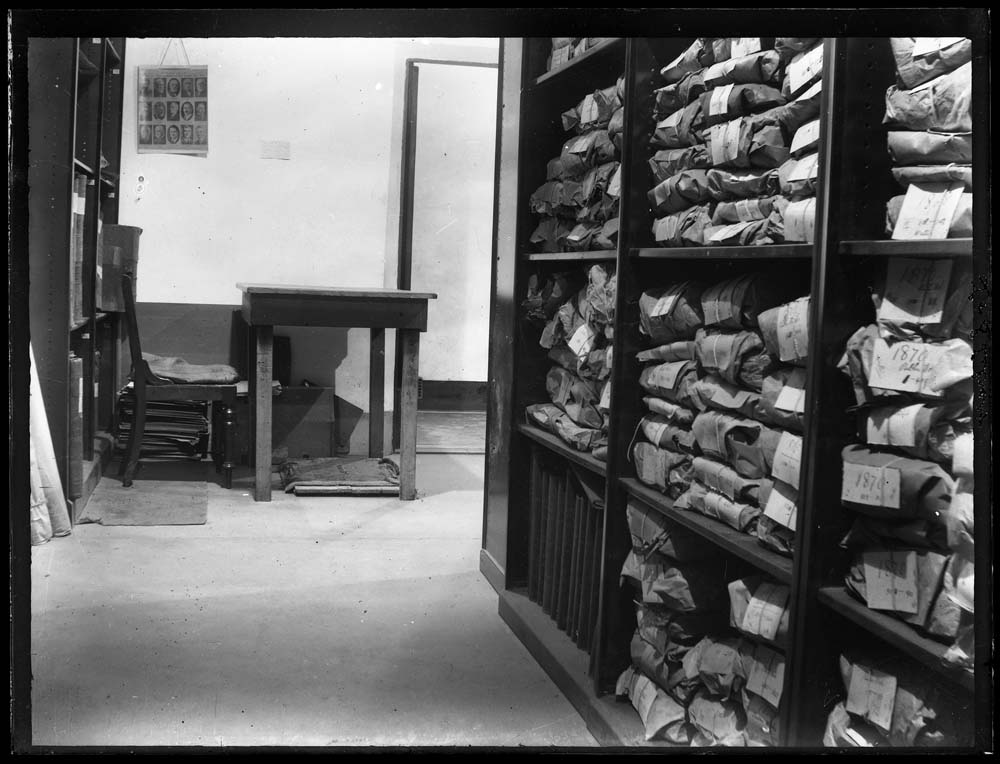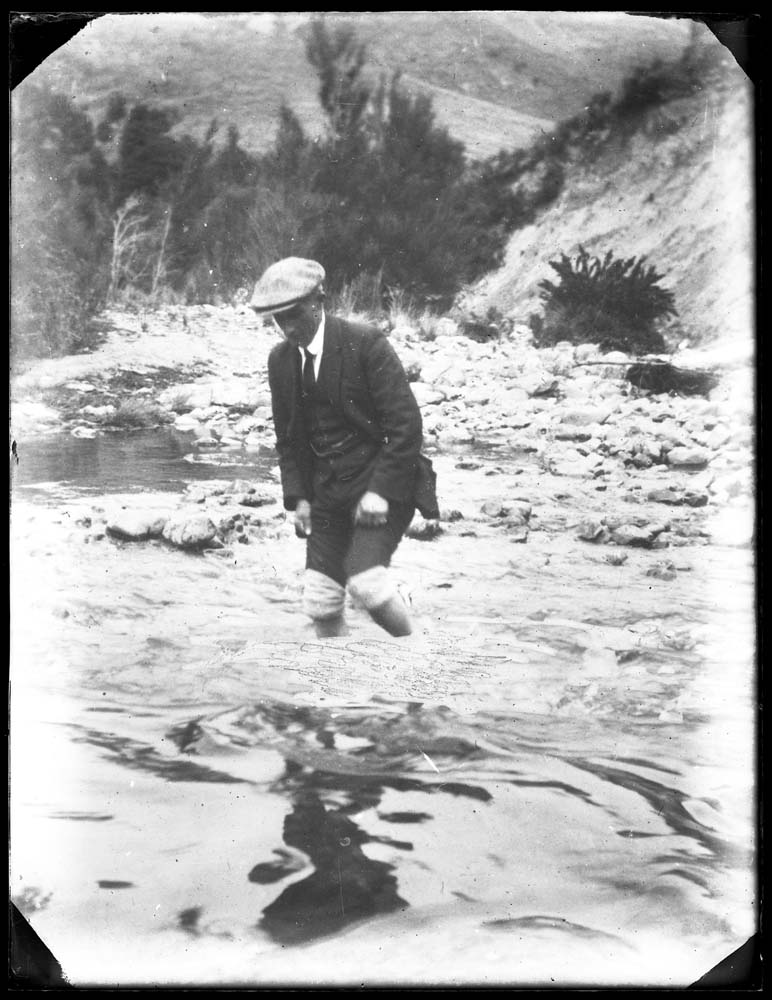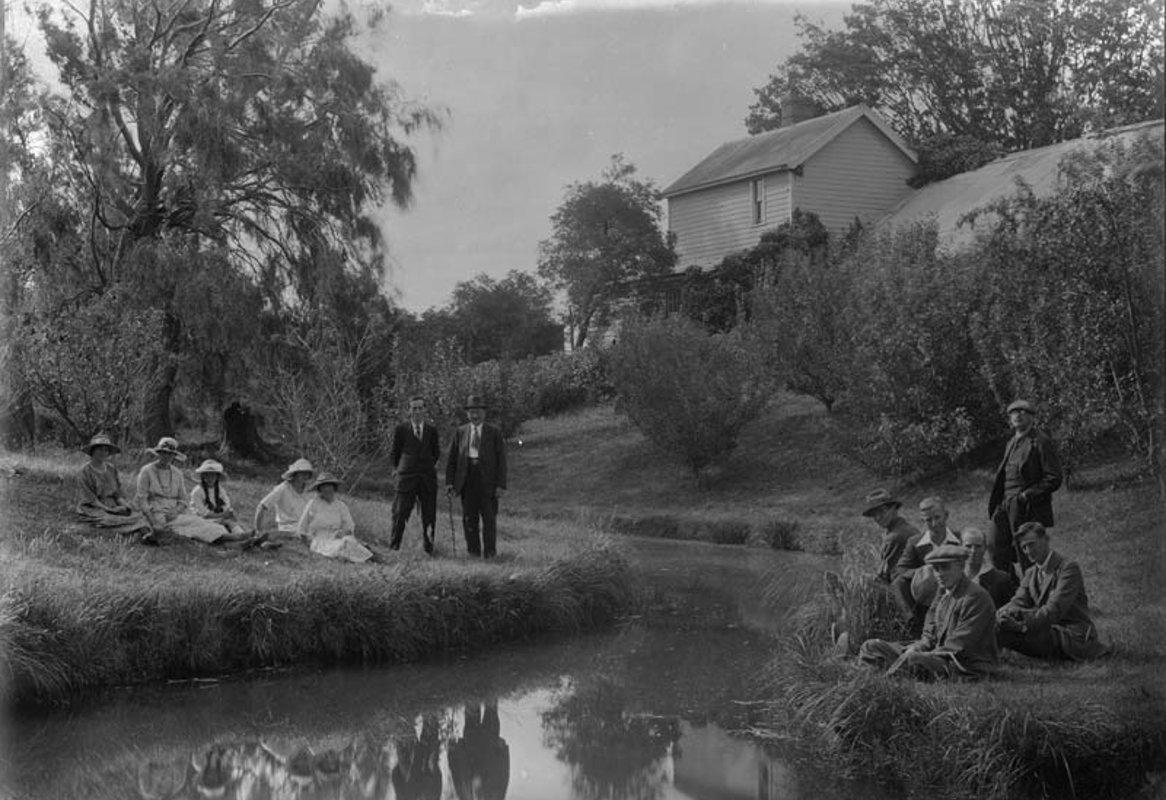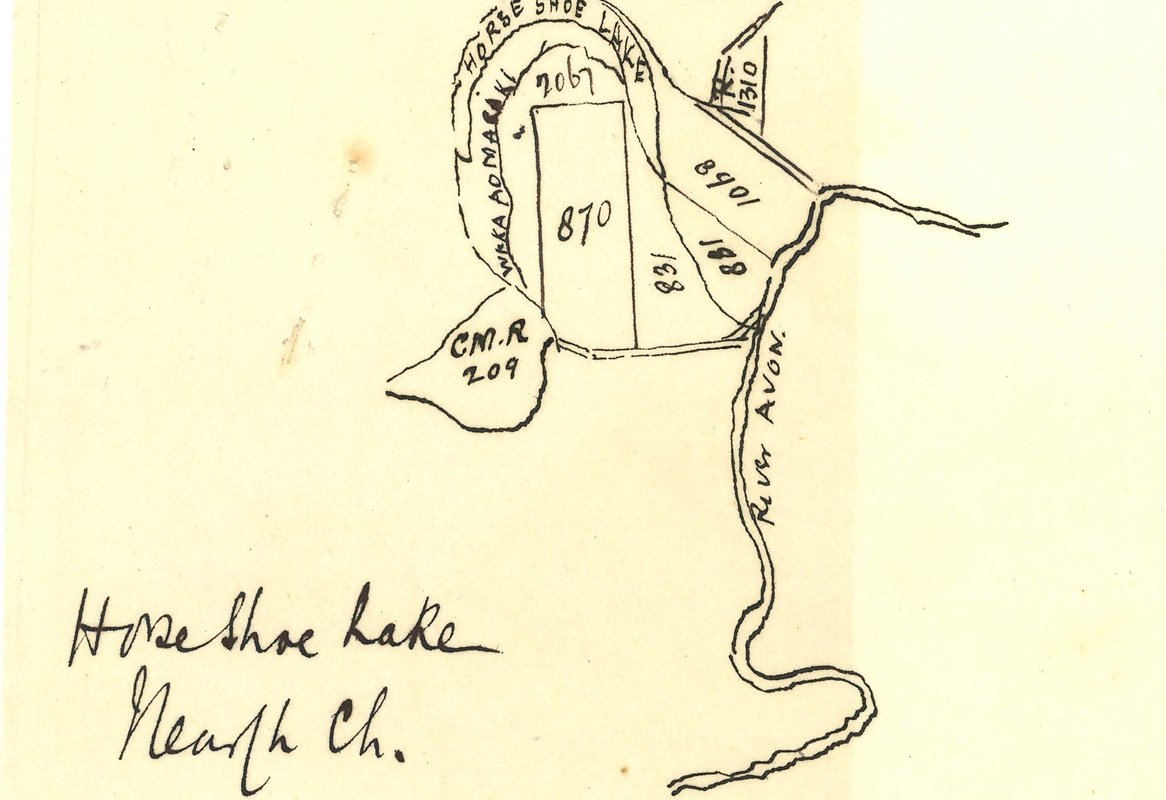Map maker: William Anderson Taylor
William Anderson Taylor (1882 - 1951) was born in Aberdeen, Scotland in 1882 and emigrated to New Zealand with his parents in 1892. He left school at the age of thirteen to commence a seven-year apprenticeship at the Christchurch Press under the tutelage of his father who was a lithographer and photographer in the newspaper’s illustration department. He subsequently worked as a photographer for several New Zealand newspapers.
Taylor attributed his life-long interest in Māori history and culture to a chance meeting with a Ngāi Tahu boy his own age, Sam Tini, at the small Ngāi Tahu kāinga of Wairewa (Little River) on Banks Peninsula in 1894. He maintained this friendship for the rest of his life and knew Tini’s grandchildren.
Taylor began compiling ‘Māori history notes’ around 1910 – a practice that led to his eventual compilation of over one hundred notebooks and scrapbooks dedicated to historical subjects. He also took thousands of photographs including many of Ngāi Tahu people and places. He had many Ngāi Tahu friends and acquaintances who knew him as Wiremu Teira.
Taylor's sketch plan showing the tributaries of the Ōtākaro to the west of the city is roughly rendered on tracing paper. It was one of two maps he sent to his friend James Herries Beattie as a visual aid to their ongoing conversation about Christchurch waterways.

